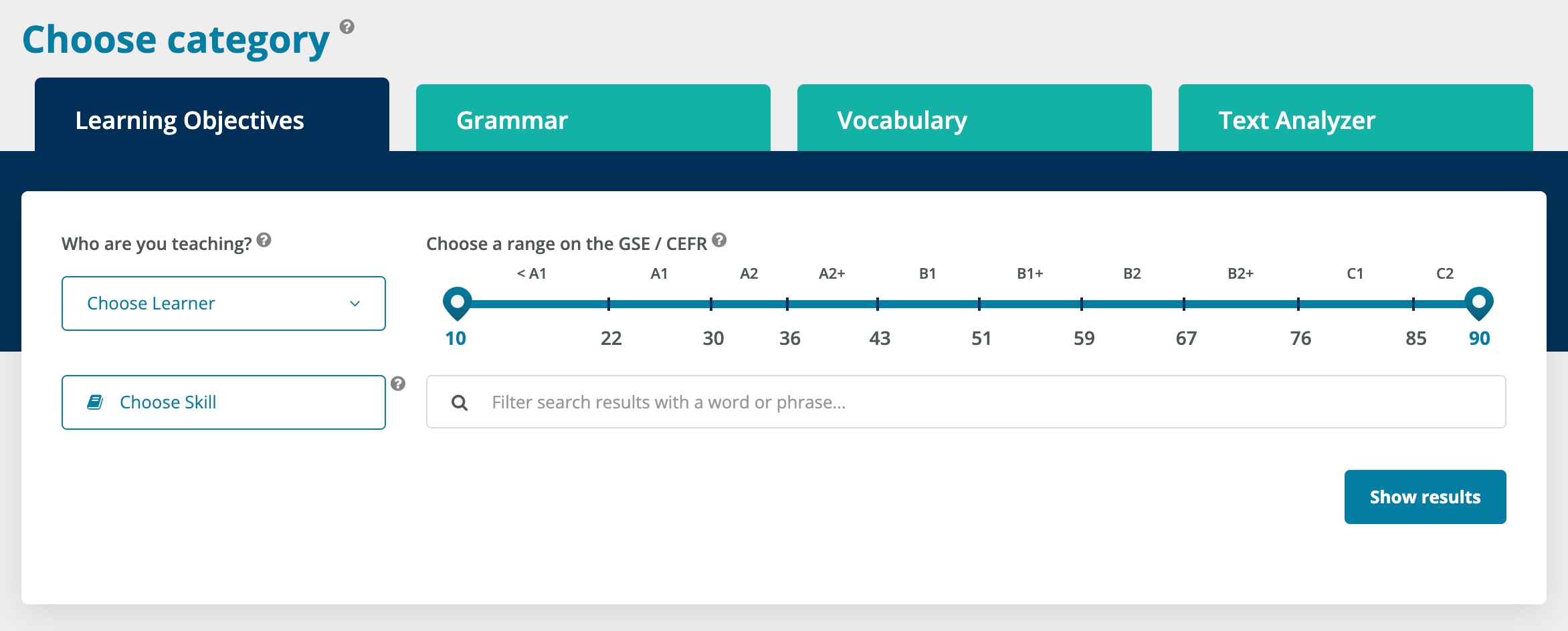As a teacher, I realized that planning had become an 'automatic pilot' routine from which I did not learn much. Like many others, I thought scales such as the Global Scale of English (GSE) or the Common European Framework of Reference are just that; references that are beyond the realities of their lessons.
However, I've seen that the GSE is a very powerful resource to help us at the level of planning.
If you're using a coursebook you may have noticed that, after completing one of the books in the series, students move up one level, such as from elementary to pre-intermediate or from intermediate to upper-intermediate.
We all understand what it means to be an elementary or intermediate student. These levels are usually defined in terms of structures – conditional sentences, passive voice, and tenses – Simple Past, Future Continuous, etc.
But why do students want to learn English? Using it means being able to listen or read and understand, interact with others, and communicate in writing. Even if it is parents who enroll their children in language institutes, what they want is for them to use the language. We can see a mismatch between how levels are defined and students' aims to study English.
Here's how the GSE can help English language teachers
First, you need the right scale for your group – Pre-primary, Young Learners, Adults, Professionals or Academic, which can be downloaded at:
https://www.pearson.com/languages/why-pearson/the-global-scale-of-english/resources.html
Focus on your students' level. There you will see all the learning objectives that students need to achieve to complete the level at which they are and move on in their learning journey.
What are learning objectives? They are can-do statements that clearly describe what students are expected to achieve as the result of instruction. In other words, these objectives guide teachers in our planning to help students learn.
When we plan our lessons, rather than working at lesson level only, we should reflect on how the activities proposed are referenced against the learning objectives of the level. We may see that some activities need some adapting in order to focus on the selected learning outcomes.
At the level of planning as well, I also use the GSE to analyze the activities proposed in the materials I am using. Let me tell you what I do. Let's take listening, for instance. You may use the downloaded scales or the Teacher Toolkit that the GSE provides. Let's run through how this works.





